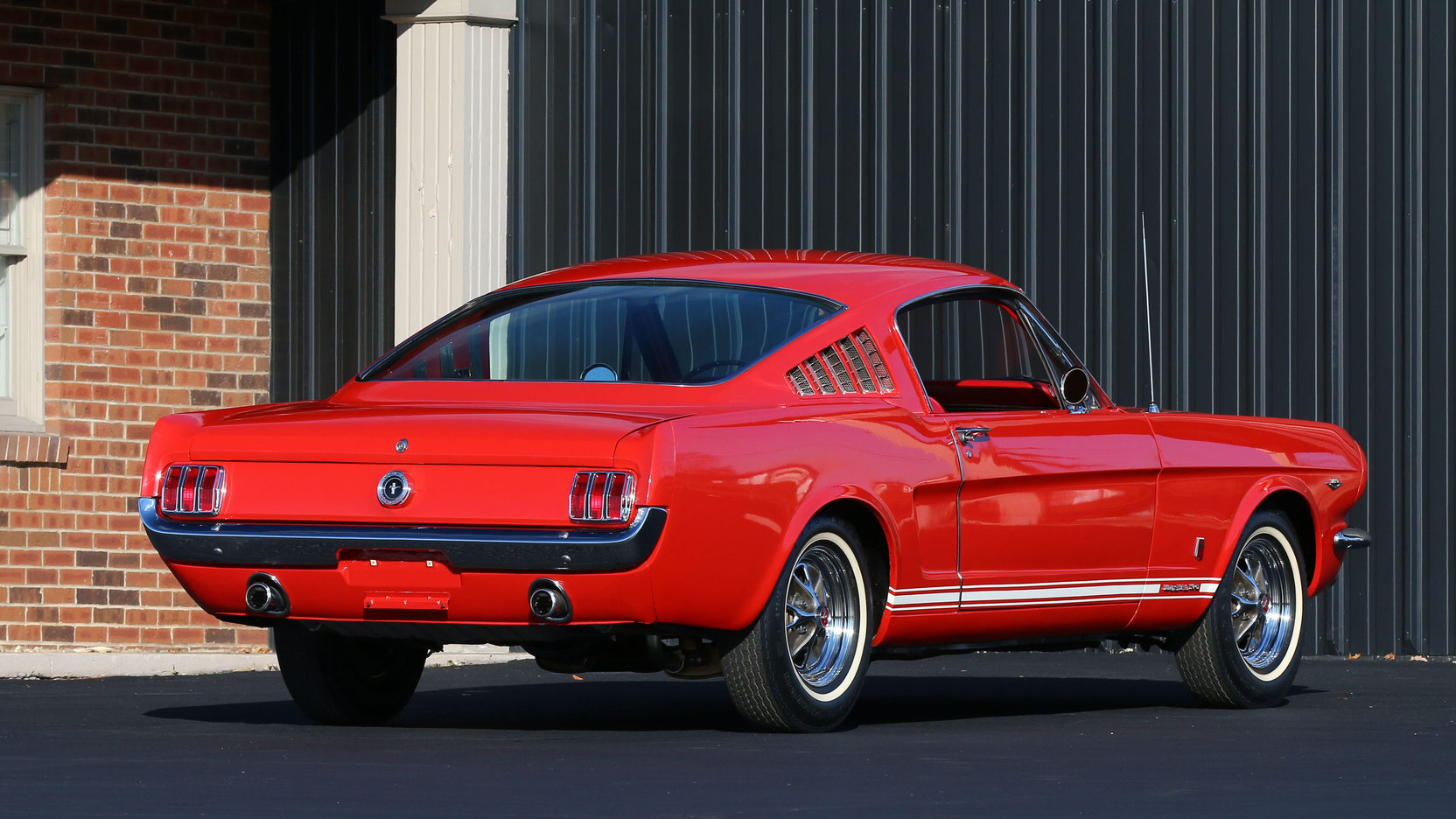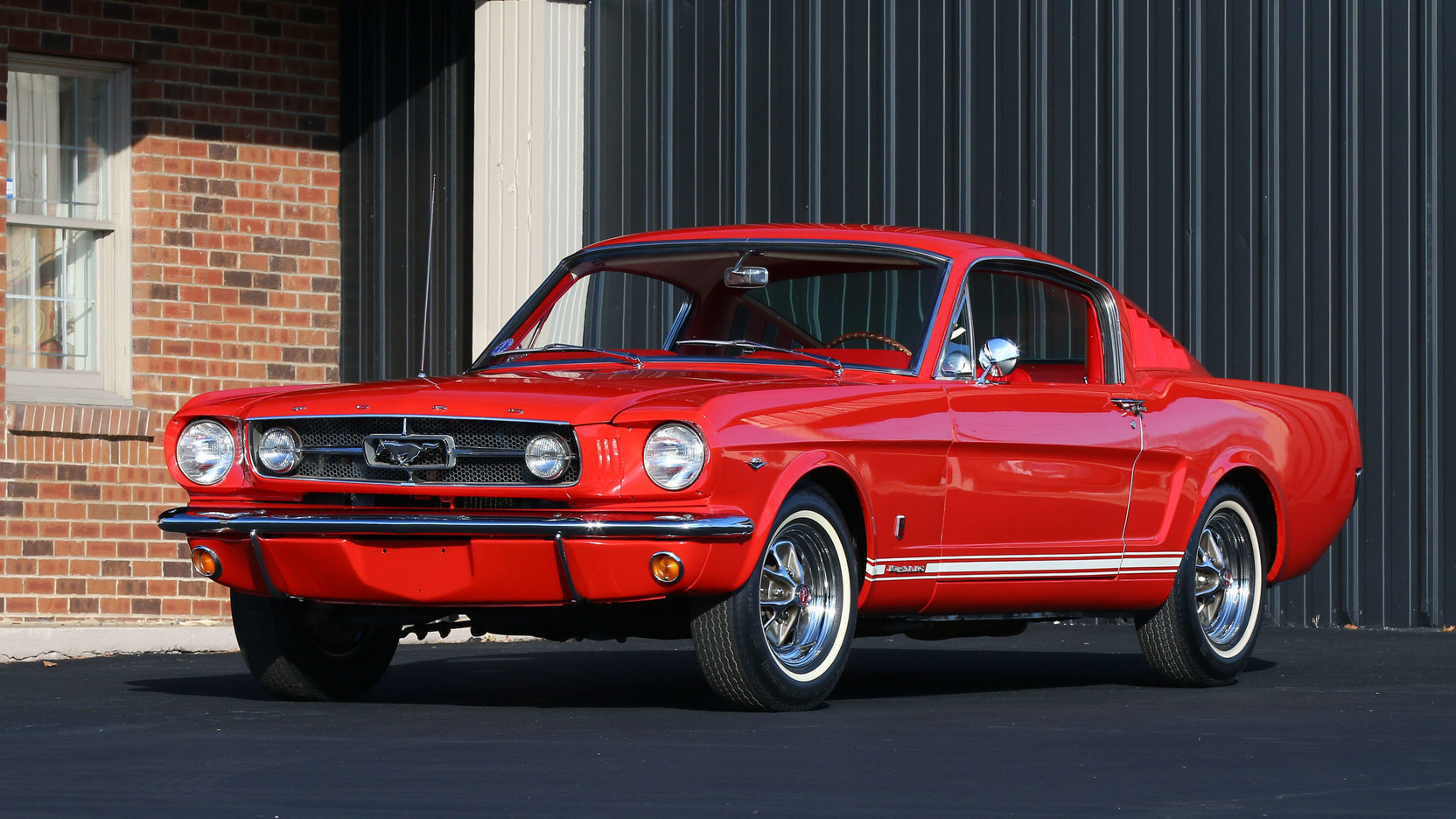Ford Mustang: Greatest car of the 1960s
As Classic Car Appreciation Day (July 13) approaches, we’ll be counting down each day with the greatest vehicle of each decade, from the earliest days of the automobile to the present. It’s by no means a final, definitive, for-all-time list, so please weigh in—respectfully—in the Forums with your comments, endorsements, and disagreements. Today: the 1960s.
Let’s get this out the way right up front. Kudos to these cars of the ’60s, which are glorious machines deserving of a standing ovation: Ford GT40, Pontiac GTO, Porsche 911, Jaguar XKE, ’63 split-window Corvette, Chevy Camaro, and Lamborghini Miura. You could make an argument that every one of them is a worthy choice as greatest car of the 1960s.


But only one gets that honor, the Ford Mustang. Here’s why: The Mustang, which was introduced at the New York World’s Fair on April 17, 1964, blew our proverbial socks off and introduced an entirely new class of car. We loved the long hood and short deck silhouette. We loved that it had more options than a college quarterback. And we loved the price. While the average working stiff couldn’t afford a 911 or an XKE, they could afford a Mustang. With an MSRP of about $2500, boy did they sell. Ford’s goal was to move 100,000 units in the first year, but that many sold in the first three months. By 1969, two million Mustangs had rolled off the assembly line.
The competition noticed, and they scrambled to get a piece of the pony car pie. The Camaro was Chevy’s counterpunch to Ford’s hot new seller, and without the Camaro there would be no Pontiac Firebird… and no Trans-Am. See how that works? Can you imagine a world without Burt Reynolds giggling behind the wheel of the Smokey and the Bandit Trans-Am? We can’t either.

According to Jim Koscs, who wrote about the early history of the Mustang, Ford General Manager Lee Iacocca received the green light to build a sportier, Falcon-based four-seater in 1962 (although the idea had been on the drawing board in various forms since ’61). Ford executive stylists John Najjar and Jim Sipple are credited with designing the two-seat Mustang I, and Najjar is often credited with naming the car after the P51 Mustang fighter plane from WWII, although there are alternative theories. Designer Phil Clark created the iconic logo of a galloping horse over a red, white, and blue vertical bar.
By the time the Ford Mustang came to market, it was a four-seat car with front bucket seats. First and foremost on the options list were numerous powertrains ranging from the 101-horsepower, 170-cubic-inch six to the 271-hp 289 High Performance V-8, also known as the Hi-Po 289. Other options included power brakes, power steering, tinted windshield, tinted windows, 14-inch whitewall or red-line tires, spinner wheel covers, deluxe steering wheel, push-button AM radio, air conditioning, and on and on.
All cost a little extra, but you can’t put a price on cool. And millions of buyers couldn’t be wrong. Right?




It wS a winner for Ford!!!